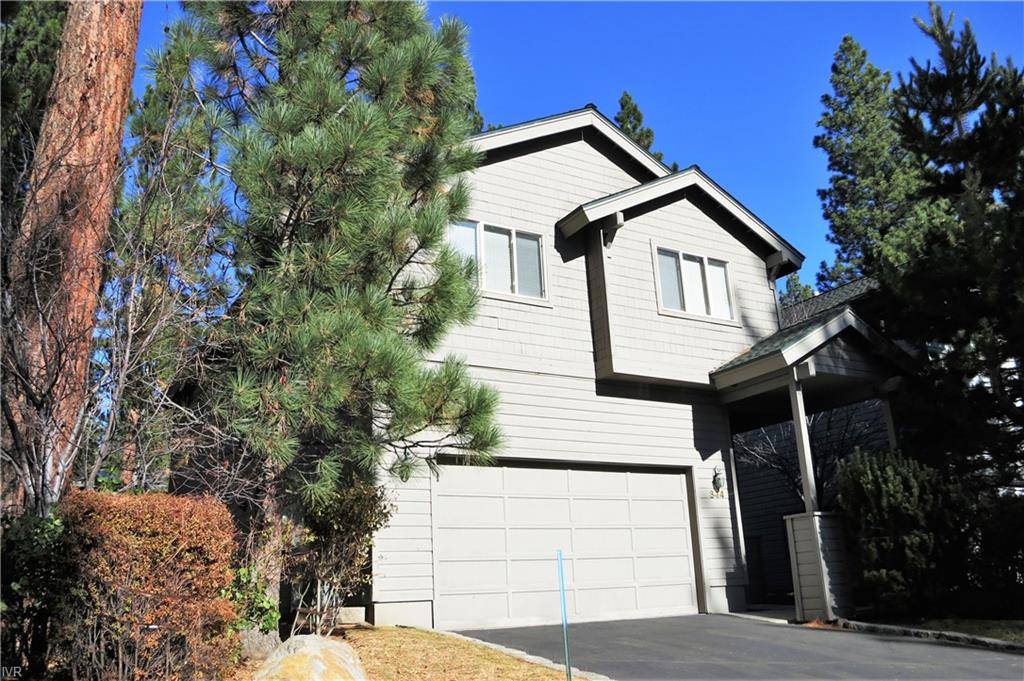Checklist: 10 health hazards to avoid when remodeling
By Kelly Pate Dwyer of SwitchYard Media
Perhaps you’re gutting an old kitchen or adding a master suite. As you daydream about the ideal layout, ambient lighting and cabinet finishes, remember the less thrilling but essential safety aspects of remodeling.
We’re not just talking about the hard-hat variety. During the project, you have some big issues to consider.
Air-quality issues account for the lion’s share of remodeling health dangers. Then there’s where to dispose of paints, solvents and other potentially toxic materials properly.
1. Asbestos
 If your home was built before 1980, hire an inspector or environmental consultant to check for asbestos before cutting into or removing potential asbestos-containing structures.
If your home was built before 1980, hire an inspector or environmental consultant to check for asbestos before cutting into or removing potential asbestos-containing structures.
“Always test suspect material,” says Devin Arnett, an environmental consultant in Charlotte, N.C. “It’s cheap, and then you know what you’re dealing with.”
Asbestos can be found in wall, heating and plumbing insulation, siding, roofing, flooring, caulking, window glaze, drywall, joint compound and plaster.
Any project that involves exposure to old insulation or cutting through walls, floors and roofing in homes built before 1980 are most likely to need testing and abatement.
2. Lead
 Federal law requires contractors be certified in the safe removal of lead and to test for lead before remodeling homes that were built before 1978. Exposure to lead paint typically starts with scraping and sanding old paint, or when paint chips are ingested.
Federal law requires contractors be certified in the safe removal of lead and to test for lead before remodeling homes that were built before 1978. Exposure to lead paint typically starts with scraping and sanding old paint, or when paint chips are ingested.
Arnett recommends remodelers skip stripping and sanding and replace the painted item, such as a window frame. If you own a historic home, hire a lead-certified renovator to complete the stripping safely.
Lead can be anywhere you have old paint, indoors and out. It also can be found in soil, water and pipe soldering.
Sanding and scraping wood trim is one of the main ways lead exposure occurs.
3. Mold
 In 2002, Johnny Carson’s sidekick, Ed McMahon, won a $7 million settlement after alleging that toxic mold made him and his wife sick and killed his dog. Most mold situations are less dramatic but can still cause allergic and asthmatic reactions. Unchecked, some mold can cause death.
In 2002, Johnny Carson’s sidekick, Ed McMahon, won a $7 million settlement after alleging that toxic mold made him and his wife sick and killed his dog. Most mold situations are less dramatic but can still cause allergic and asthmatic reactions. Unchecked, some mold can cause death.
Mold typically grows on drywall and other organic materials, often in kitchens and bathrooms.
Homes in humid climates are more likely to develop mold, and homeowners often find it when they remove old cabinets and drywall.
4. Volatile organic compounds
 Most building materials contain volatile organic compounds (VOCs), including formaldehyde, which are emitted into the air as fumes. If you whiff a heavy dose of VOCs, they can irritate your eyes or respiratory tract and cause headaches, dizziness, visual disorders and memory impairment.
Most building materials contain volatile organic compounds (VOCs), including formaldehyde, which are emitted into the air as fumes. If you whiff a heavy dose of VOCs, they can irritate your eyes or respiratory tract and cause headaches, dizziness, visual disorders and memory impairment.
When possible, choose low- or zero-VOC paints and other finishing materials. Wear a mask and goggles and keep air flowing while working with VOCs inside your home.
VOCs are emitted from a long list of construction and household products, including paint, paint strippers, glues, cleaners, carpeting, flooring, upholstery and cabinet finishes. Nearly every remodeling project is bound to involve some VOCs.
5. Mercury
 Mercury was used in heating systems and thermostats in older homes, and it can be found in fluorescent bulbs and thermometers. It can leak when these features are removed. According to the Environmental Protection Agency, when a product containing mercury spills, it can emit an odorless toxic vapor, which even in small amounts can cause learning disabilities and liver damage.
Mercury was used in heating systems and thermostats in older homes, and it can be found in fluorescent bulbs and thermometers. It can leak when these features are removed. According to the Environmental Protection Agency, when a product containing mercury spills, it can emit an odorless toxic vapor, which even in small amounts can cause learning disabilities and liver damage.
“Mercury vapor is one of the most toxic things on the planet,” says Brent Jorgensen, an environmental consultant in Tualatin, Ore.
6. Radon
 Radon is an odorless, invisible radioactive gas that seeps into a home, typically from rock below the foundation. It can flow anywhere in your home. The EPA estimates that radon causes 21,000 U.S. lung-cancer deaths every year.
Radon is an odorless, invisible radioactive gas that seeps into a home, typically from rock below the foundation. It can flow anywhere in your home. The EPA estimates that radon causes 21,000 U.S. lung-cancer deaths every year.
Inspector Dale Pope of Pope Associates Inc. in Gloucester, Mass., tells clients in his area — which has a high incidence of radon — to add pipe around the foundation of a ground-level or below-ground addition. It can be vented outdoors if high levels of radon are detected.
Projects that add to your home’s footprint need a fresh radon test once work is complete. Homes in the Northeast have some of the strongest radon-gas readings.
7. Underground oil tanks
 Before sending digger trucks into your backyard, consider whether an old heating oil tank lies beneath. Heating-oil tanks are typically buried within several feet of the foundation and 7 to 8 feet below ground, Jorgensen says. They often come into play when you’re expanding on your property.
Before sending digger trucks into your backyard, consider whether an old heating oil tank lies beneath. Heating-oil tanks are typically buried within several feet of the foundation and 7 to 8 feet below ground, Jorgensen says. They often come into play when you’re expanding on your property.
The steel tanks often corrode and leak, causing oil to seep into groundwater or posing a fire hazard, Jorgensen says. Removing the tank may cost thousands of dollars. If it leaks, cleanup costs climb much higher. Inspectors search for tanks with a magnetic scanner or test soil for leaks.
Dangerous leaks are most common in areas that get lots of rain or where groundwater levels are high.
8. Pressure-treated wood
 If you have wood garden beds, decks or play sets that were built before 2004, chances are they are made of a pressure-treated wood that contains chromated copper arsenate, or CCA, which contains arsenic and has since been banned.
If you have wood garden beds, decks or play sets that were built before 2004, chances are they are made of a pressure-treated wood that contains chromated copper arsenate, or CCA, which contains arsenic and has since been banned.
Arsenic is linked to some cancers, and it can leach into garden soil.
“You get in trouble with the treated wood when you’re working directly with it,” Jorgensen says.
If your remodeling or landscaping project involves cutting or moving pressure-treated wood, wear gloves. Do not grind the wood or burn it.
9. Electrical hazards
 Electrical wires run through nearly every wall of your home. They can run along exterior walls and through your yard.
Electrical wires run through nearly every wall of your home. They can run along exterior walls and through your yard.
Any remodeling project that involves electrical power poses the risk of shock or fire, particularly those in kitchens and bathrooms that involve additions or changes to wiring, plumbing or both.
Many do-it-yourselfers get shocked or create a fire hazard when doing their own electrical work. Inspector Peter Hopkins of San Diego-based SoCal Infrared, which uses thermal imaging to diagnose energy issues, says that there are unexpected dangers that only a licensed electrician knows to avoid. These include one brand of square outlets that can cause a fire when used with aluminum wiring.
10. Combustion appliances
 Combustion appliances — such as furnaces, clothes dryers, space heaters, boilers and gas stoves — warm your home or provide cooking fuel. They use natural gas, petroleum, kerosene, oil, coal or wood.
Combustion appliances — such as furnaces, clothes dryers, space heaters, boilers and gas stoves — warm your home or provide cooking fuel. They use natural gas, petroleum, kerosene, oil, coal or wood.
“Homeowners know not to move these without a professional,” Pope says. “It’s the long-term threats many people don’t understand. Combustion appliances are the air-breathing dragons in your house.”
Projects that involve moving these appliances, disconnecting them from vents, rebuilding vent systems or building walls or doors near or around them require caution and expertise.







